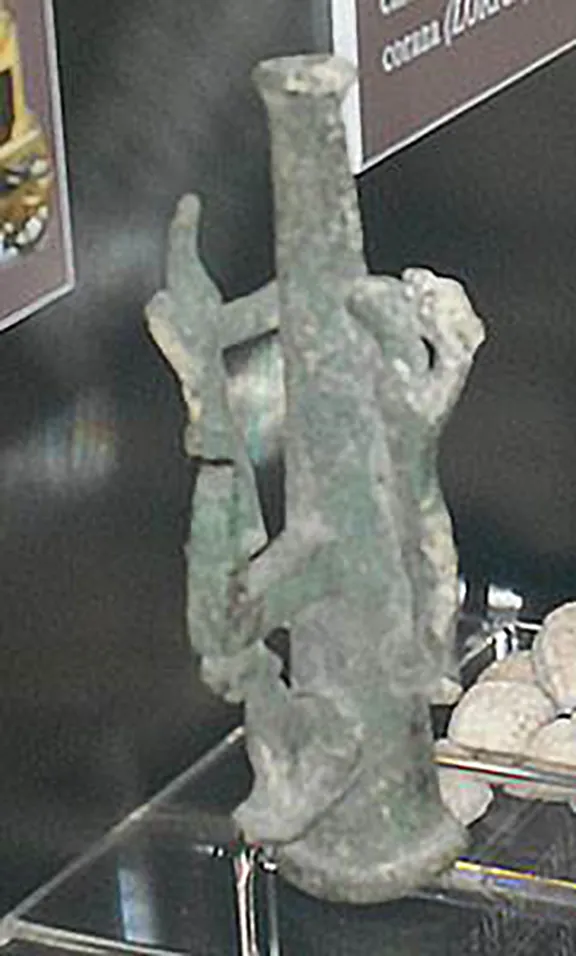Cabra Archaeological Museum concentrates on the Iberian and Roman periods including a study of Mithraism
By Nick Nutter | Updated 18 Mar 2022 | Córdoba | Museums |
Login to add to YOUR Favourites or Read Later


Statue of Mitra
In the 7th century BC, there was a small town on the border between the lands of two tribes, the Turdetani to the west and the Iberian Bastetani to the east. It developed between the 6th and 2nd centuries into a fortified Iberian town called Igabrum. When the Romans arrived they retained the name but, during the Visigothic period, roughly the 5th to the 8th centuries AD, the name was changed to Egabro. The Moors had their own ideas and decided it should be called Qabra. So it remained until the town was retaken by the Christians in the 13th century AD when it was given the name by which it is known today – Cabra.


Reproduced Mithraea
Given the long history of the town it is not surprising that the municipal museum is worth a visit. It is housed in the Casa de Cultura, purpose built in the early 20th century. It is the oldest local museum in the province of Cordoba and, in my opinion, one of the best for its displays and a couple of surprises.
You will see all the normal artefacts from the early Stone Age through to the Neolithic and up to the modern day. However the museum concentrates on the Iberian and the following Roman period for two reasons. First there is a well preserved fortified Iberian town, El Cerro de la Merced, nearby. Many of the finds from the site are in the museum. Secondly the excavated Roman villa, Villa de Mitra, revealed evidence that the occupants were members of the Mitra a Roman cult whose structure and hierarchy were along the same lines as modern day masonic lodges. Statues found at the villa date from the 2nd century AD and include a pond feature called A Child and Hare, a statue of Dionysos and a splendid example of Mitra killing a bull. The latter is a copy, the original is in the museum at Cordoba. At the back of the exhibition rooms you will find a replica of a Mitrian sanctum.


Roman carriage suspension
My favourite exhibit though is a much more humble affair. It is a bronze casting of part of the suspension of a 2nd century Roman carriage that demonstrates the great metalworking skills these people had that disappeared along with their Empire. It would be many centuries before those skills were relearned.
The museum is open:
Tuesday to Saturday - 11am - 2pm and 5pm to 8pm
Sunday - 11am - 2pm
Monday - Closed
All about Mithraism